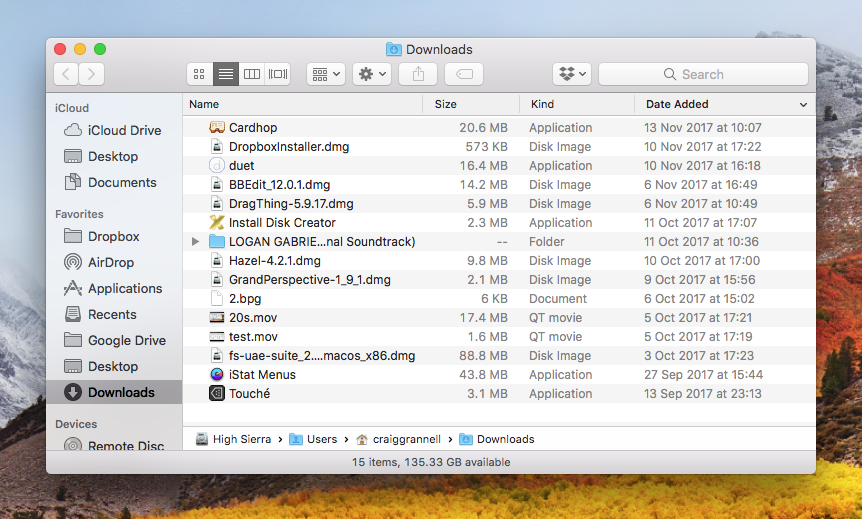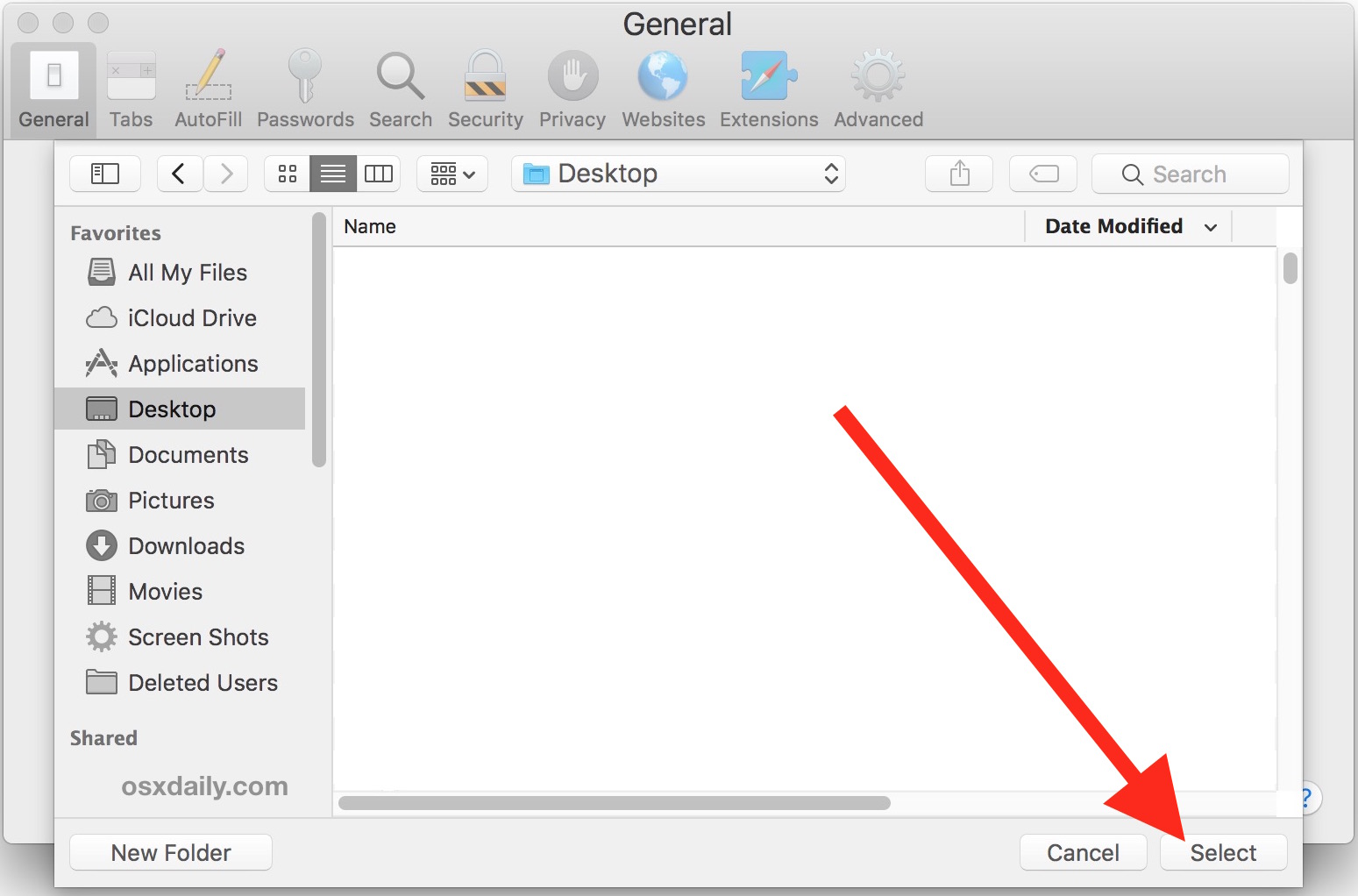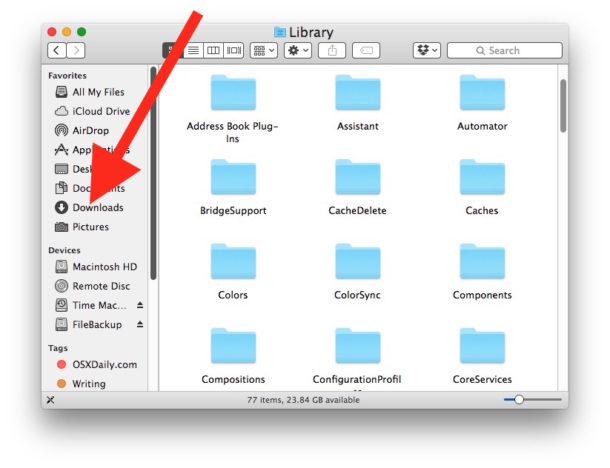Jan 21, 2019. Spotify is a digital music service that gives you access to millions of songs.

I have looked for a while now. I have found a download page here:
The latest date on anything I can find here is from 2015.
Another page directs me to use the boot camp assistant, but it requires that I have a thumb drive (ready to be reformatted), and I must reboot into MacOS I'm not going to do that. In anticipation to some responses, we can argue about it if you want but it'll be a waste of energy.
Many other situations would involve going to a web page and downloading an installer so I'm asking here for what I'm missing.
Thank you for responses that stick to the point and answer the question.

I felt like showing a bit more of the process:
1) 'install Windows on a Mac with Boot Camp Assistant' https://support.apple.com/en-us/HT201468

Ok this looks useful but the process is written for a fresh format and install of Windows.
Here's a link for:
2) 'If the Boot Camp Installer Doesn't Open...' https://support.apple.com/en-us/HT208495
Ok that's cool now I know I'm looking for some 'Boot Camp Installer' that needs to run on my Windows side
3) But of course there's no link to a 'Boot Camp Installer' I needed to use the Assistant from the MacOS side and the thumb drive.
4) Wait wait, here's a section called 'If you can't download or save the Windows support software:'
Oh, but this section just troubleshoots problems you have with formatting your USB drive and with USB drive recommendations.
I don't know why it's like this. Any other system would just have an installer and even an update agent for download. Is apple protecting IP and software licenses. Possible. Are they keeping users from downloading the wrong versions of stuff? Possible but there are other ways to do that.
They made a choice to handhold users through disk formatting instead of just having a download.
MacBook Pro 13', macOS 10.14
Posted on
These advanced steps are primarily for system administrators and others who are familiar with the command line. You don't need a bootable installer to upgrade macOS or reinstall macOS, but it can be useful when you want to install on multiple computers without downloading the installer each time.
Download macOS
Find the appropriate download link in the upgrade instructions for each macOS version:
macOS Catalina, macOS Mojave, ormacOS High Sierra
Installers for each of these macOS versions download directly to your Applications folder as an app named Install macOS Catalina, Install macOS Mojave, or Install macOS High Sierra. If the installer opens after downloading, quit it without continuing installation. Important: To get the correct installer, download from a Mac that is using macOS Sierra 10.12.5 or later, or El Capitan 10.11.6. Enterprise administrators, please download from Apple, not a locally hosted software-update server.
Mac Downloads Not Showing In Finder
OS X El Capitan
El Capitan downloads as a disk image. On a Mac that is compatible with El Capitan, open the disk image and run the installer within, named InstallMacOSX.pkg. It installs an app named Install OS X El Capitan into your Applications folder. You will create the bootable installer from this app, not from the disk image or .pkg installer.
Use the 'createinstallmedia' command in Terminal
- Connect the USB flash drive or other volume that you're using for the bootable installer. Make sure that it has at least 12GB of available storage and is formatted as Mac OS Extended.
- Open Terminal, which is in the Utilities folder of your Applications folder.
- Type or paste one of the following commands in Terminal. These assume that the installer is still in your Applications folder, and MyVolume is the name of the USB flash drive or other volume you're using. If it has a different name, replace
MyVolumein these commands with the name of your volume.
Catalina:*
Mojave:*
High Sierra:*
El Capitan: - Press Return after typing the command.
- When prompted, type your administrator password and press Return again. Terminal doesn't show any characters as you type your password.
- When prompted, type
Yto confirm that you want to erase the volume, then press Return. Terminal shows the progress as the bootable installer is created. - When Terminal says that it's done, the volume will have the same name as the installer you downloaded, such as Install macOS Catalina. You can now quit Terminal and eject the volume.
Imac Downloads Are Erased
* If your Mac is using macOS Sierra or earlier, include the --applicationpath argument, similar to the way this argument is used in the command for El Capitan.
Use the bootable installer
After creating the bootable installer, follow these steps to use it:

- Plug the bootable installer into a compatible Mac.
- Use Startup Manager or Startup Disk preferences to select the bootable installer as the startup disk, then start up from it. Your Mac will start up to macOS Recovery.
Learn about selecting a startup disk, including what to do if your Mac doesn't start up from it. - Choose your language, if prompted.
- A bootable installer doesn't download macOS from the Internet, but it does require the Internet to get information specific to your Mac model, such as firmware updates. If you need to connect to a Wi-Fi network, use the Wi-Fi menu in the menu bar.
- Select Install macOS (or Install OS X) from the Utilities window, then click Continue and follow the onscreen instructions.
Learn more
Imac Downloads Are Gone
For more information about the createinstallmedia command and the arguments that you can use with it, make sure that the macOS installer is in your Applications folder, then enter this path in Terminal:
Catalina:
Mojave:
High Sierra:
El Capitan:
